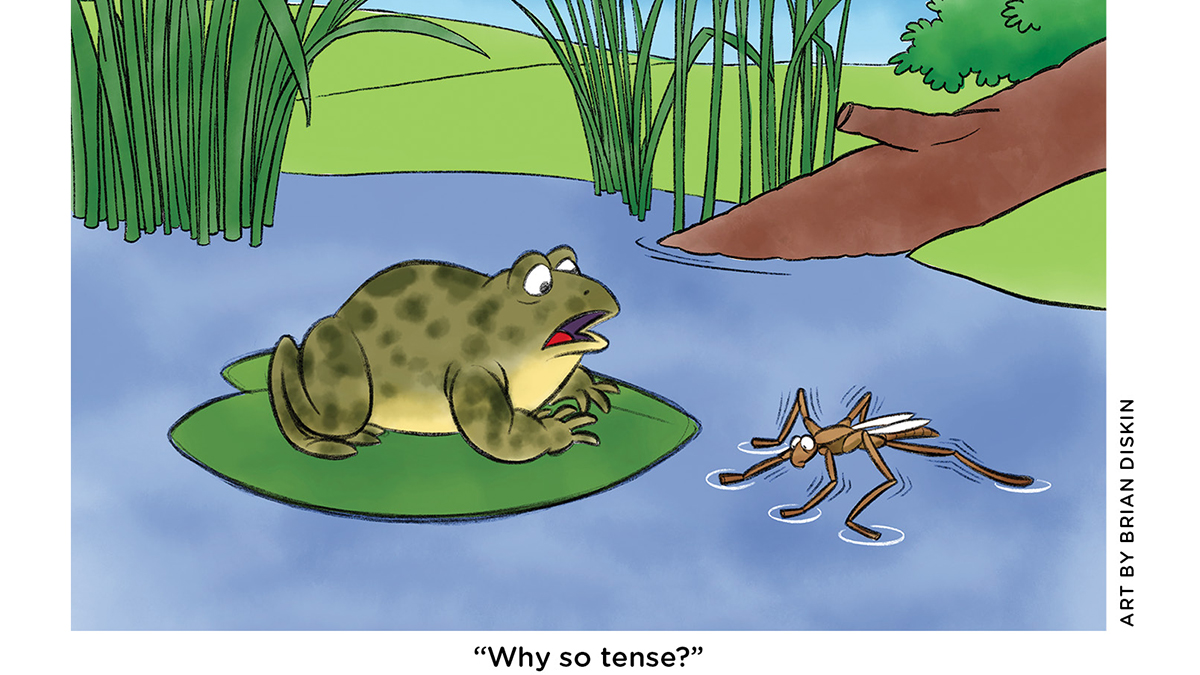feature
Perspectives on Teaching from Early-Career Scientists
Graduate Students as Teachers
Journal of College Science Teaching—March/April 2022 (Volume 51, Issue 4)
By Suchinta Arif and Melanie Duc Bo Massey
Many graduate students spend a part of their time teaching at the university level. While there is an abundance of advice from older, more established faculty, the perspective and teaching styles of graduate students are lacking in the literature. After talking with several graduate student teachers across different universities, we identified three factors as pivotal in our teaching approach: breaking down student-professor barriers, fostering creativity, and incorporating inclusion in the classroom. In this article, we highlight how these three factors shaped our teaching style and experience. With this article, we aim to provide insight into how a younger generation of graduate student teachers are teaching effectively at the university level.
Many graduate students spend a part of their time teaching at the university level. While there is an abundance of advice from older, more established faculty, the perspective and teaching styles of graduate students are lacking in the literature. After talking with several graduate student teachers across different universities, we identified three factors as pivotal in our teaching approach: breaking down student-professor barriers, fostering creativity, and incorporating inclusion in the classroom.
Many graduate students spend a part of their time teaching at the university level. While there is an abundance of advice from older, more established faculty, the perspective and teaching styles of graduate students are lacking in the literature. After talking with several graduate student teachers across different universities, we identified three factors as pivotal in our teaching approach: breaking down student-professor barriers, fostering creativity, and incorporating inclusion in the classroom.
feature
Building a New Interdisciplinary Service-Learning Partnership Through Virtual Connections
Journal of College Science Teaching—March/April 2022 (Volume 51, Issue 4)
By Lauren E. Burrow, Tonya D. Jeffery, Brian S. Wuertz, and Shelby J. Gull
This article presents a synopsis of an interdisciplinary literacy-science, cross-country, fully remote service-learning (S-L) project prompted by and executed during the first year of the COVID-19 pandemic. The article shares discussions, analyses, and evaluations from both community partners (staff of the North Carolina Museum of Natural Sciences at Whiteville) and university faculty (education studies professors from Stephen F. Austin State University in Nacogdoches, Texas) to highlight how the challenges of the COVID-19 pandemic created unique opportunities for S-L. With summary of the S-L partnership’s fully online development and comparisons to other, more traditional S-L projects completed pre–COVID-19, we offer readers logistical tips for navigating their own virtual S-L partnerships. The article concludes with student learning outcomes from pre- and postproject reflections and identification of interdisciplinary work benefits from both the professors and community partners.
This article presents a synopsis of an interdisciplinary literacy-science, cross-country, fully remote service-learning (S-L) project prompted by and executed during the first year of the COVID-19 pandemic. The article shares discussions, analyses, and evaluations from both community partners (staff of the North Carolina Museum of Natural Sciences at Whiteville) and university faculty (education studies professors from Stephen F. Austin State University in Nacogdoches, Texas) to highlight how the challenges of the COVID-19 pandemic created unique opportunities for S-L.
This article presents a synopsis of an interdisciplinary literacy-science, cross-country, fully remote service-learning (S-L) project prompted by and executed during the first year of the COVID-19 pandemic. The article shares discussions, analyses, and evaluations from both community partners (staff of the North Carolina Museum of Natural Sciences at Whiteville) and university faculty (education studies professors from Stephen F. Austin State University in Nacogdoches, Texas) to highlight how the challenges of the COVID-19 pandemic created unique opportunities for S-L.
point of view
A Perfect Storm
How Differences in Privilege and Power Can Lead to Subtle but Potent Inequities in STEM Education
This point of view article uses a social science lens in an attempt to understand the differing environments of the two institutions (private and public) where I taught chemistry for 3 decades. I hypothesize that differences in social class—along with unequal distributions of privilege and power—led to the race, gender, and class-based inequities that I observed at the public institution. I present this article to open a conversation about how the intersection of race with characteristics such as gender, social class, and national origin can have an impact on disparities in STEM education.
This point of view article uses a social science lens in an attempt to understand the differing environments of the two institutions (private and public) where I taught chemistry for 3 decades. I hypothesize that differences in social class—along with unequal distributions of privilege and power—led to the race, gender, and class-based inequities that I observed at the public institution.
This point of view article uses a social science lens in an attempt to understand the differing environments of the two institutions (private and public) where I taught chemistry for 3 decades. I hypothesize that differences in social class—along with unequal distributions of privilege and power—led to the race, gender, and class-based inequities that I observed at the public institution.
Press Release
REGIONAL WINNERS OF 30TH ANNUAL EXPLORAVISION COMPETITION ANNOUNCED BY TOSHIBA, NATIONAL SCIENCE TEACHING ASSOCIATION
Twenty-Three Winning Teams Recognized for Innovative Solutions to the World’s Challenges
teaching teachers
Saving a Swamp: Fifth-Grade Students to the Rescue!
Science and Children—March/April 2022 (Volume 59, Issue 4)
By Susan Erickson
start with phenomena
Supporting Three-Dimensional Learning From Students’ Questions About Water With a Storyline Unit
Science and Children—March/April 2022 (Volume 59, Issue 4)
By Gretchen Brinza, Katie Larson, Amy McGreal, and Michael Novak
engineering encounters
Wipe Out: Preventing Water Hazards
Science and Children—March/April 2022 (Volume 59, Issue 4)
By Jordan Holub and Jerrid Kruse
cross-curricular connections
Working on a Pollution Solution
Science and Children—March/April 2022 (Volume 59, Issue 4)
By Frances Hamilton and Kelli Welch
Science 101
Q: What’s Cool About Water?
feature
What's the Big Deal About Ocean Acidification?
Fifth-grade students from an inland community discover a local connection to our ocean



